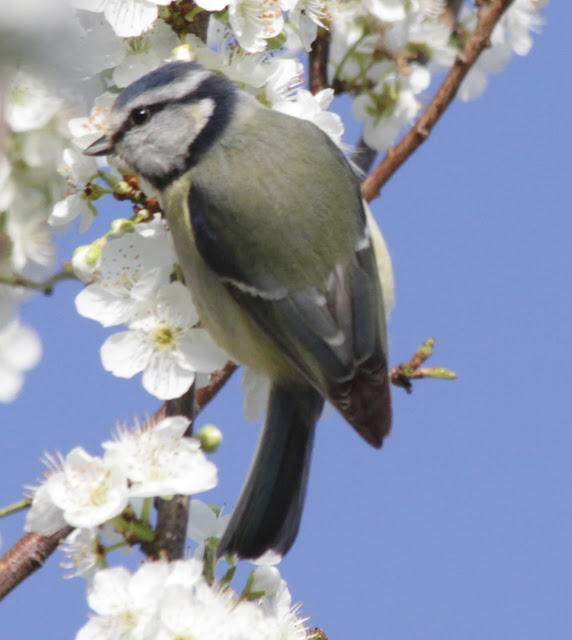Dr. Beverley Glover from the Plant Sciences Department in Cambridge suggests that the surface of petals has multifaceted functions. There appear to be projecting cells or groups of cells - these can be extremely useful perhaps for insect feet to grip onto, or for the light to be concentrated - this may make the petals look brighter, or perhaps rather more importantly the increased radiative energy input could warm the petals up - there is certainly evidence that bumblebees prefer warmer flowers.
Warmer nectar could also be important for bees searching for food on cold mornings - they have to warm themselves up, they may not want to have warm up the nectar they are drinking as well!
Flowers appear to have had such surface projections from an early stage in evolution. Flowers that don't have them, appear to have secondarily lost them.
Of course sallows don't seem to have these issues - they do not have petals, so clearly they do not have these projections? However they certainly seem to smell delicious at close range. They also attract huge amounts of insects, in conditions that may not always be the warmest! Here is a Bombus terrestris that is enjoying the sallow catkins along the outward path of the access trail at about 6 in the evening.
The Buff-tailed Bumblebee, Bombus terrestris, was accompanied by numbers of Bombus vestalis, the Southern Cuckoo Bumblebee. Here you can see the white tail and the yellow edges at the boundary of the tail, contrasting somewhat with the true orange of the front thoracic band. This looks like mimicry of the buff tail of the Buff Tailed Bumblebee!
The yellow at the tail is not always clear - hopefully this bee is still B. vestalis!
This is a better and therefore more reassuring shot, of the same bee. You can see the yellow edge to the white tail more easily at this angle. Note also the shiny thorax, easily seen in this photo.
Here is a close-up of the antenna - 12 segments altogether, rather than 13, shows it to be a female
Also on the sallow were one or two relatively small black bees - female flower bees, Anthophora plumipes. I haven't seen these on Sallow before, but there were plenty of males by this tree, but at ground level, nectaring off the Ground Ivy, Glechoma hederacea.
However when I looked at these photos of one of the other apparently small black bees there was clearly a bit of a red-tail, so realistically that led me to either Bombus lapidarius or Bombus ruderarius. I looked as closely as I could and the hind leg on the left looks as though any hairs on the rear tibia were black, not red, so that pointed to the commoner species, Bombus lapidarius. On the right hand wing you can also just see the pale cross bar in the small cell (first submarginal cell) at the front of the wing.
Warmer nectar could also be important for bees searching for food on cold mornings - they have to warm themselves up, they may not want to have warm up the nectar they are drinking as well!
Flowers appear to have had such surface projections from an early stage in evolution. Flowers that don't have them, appear to have secondarily lost them.
Of course sallows don't seem to have these issues - they do not have petals, so clearly they do not have these projections? However they certainly seem to smell delicious at close range. They also attract huge amounts of insects, in conditions that may not always be the warmest! Here is a Bombus terrestris that is enjoying the sallow catkins along the outward path of the access trail at about 6 in the evening.




















































